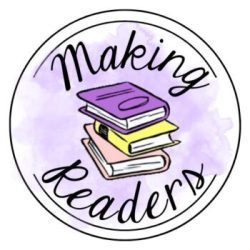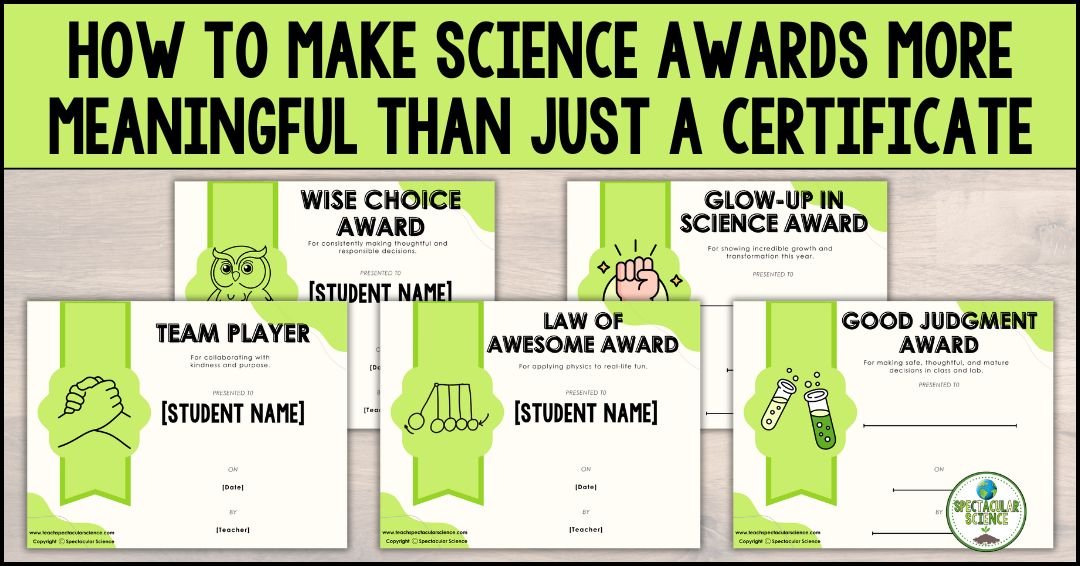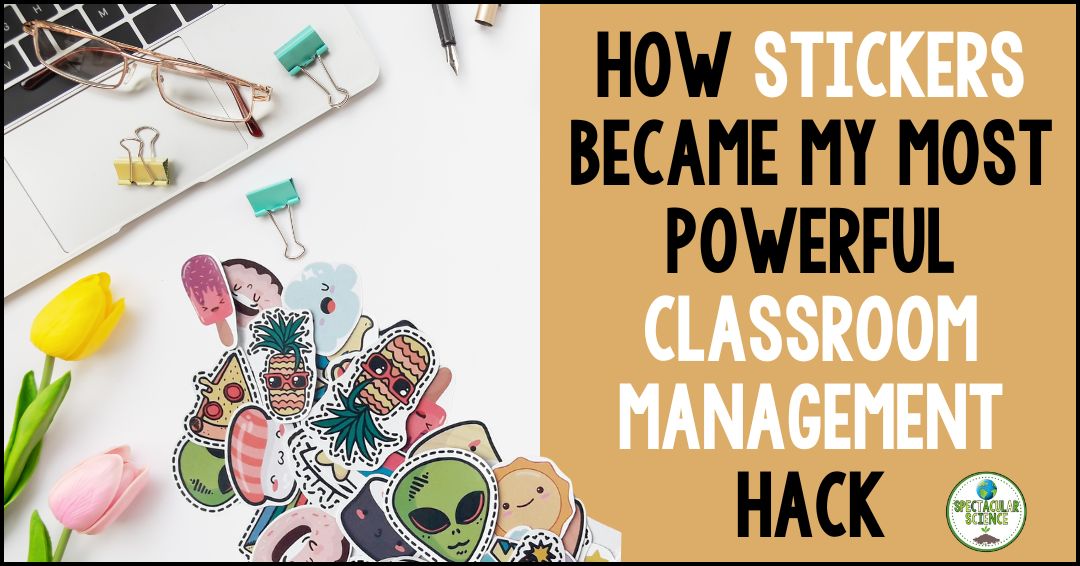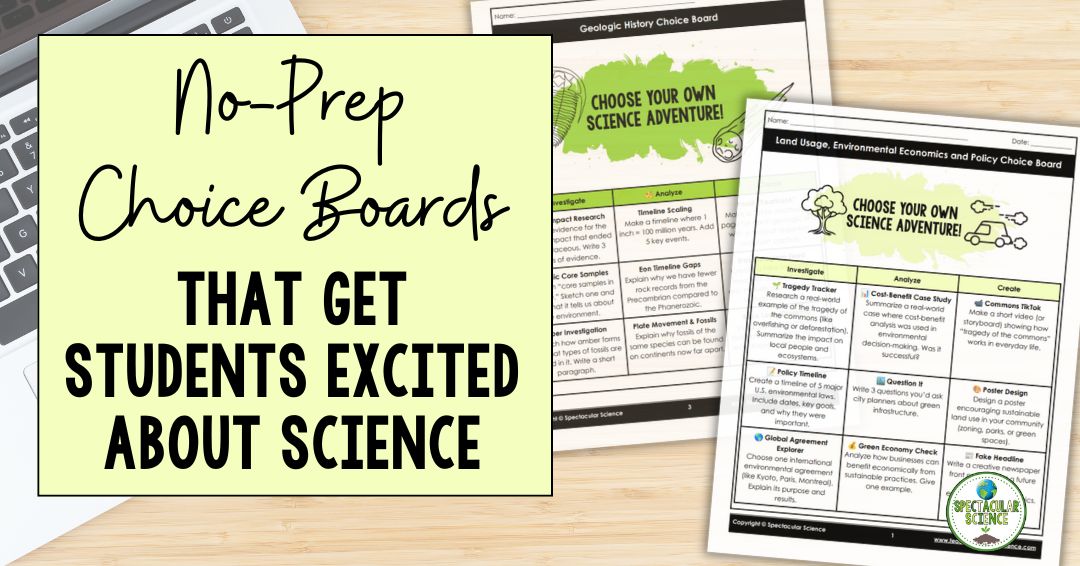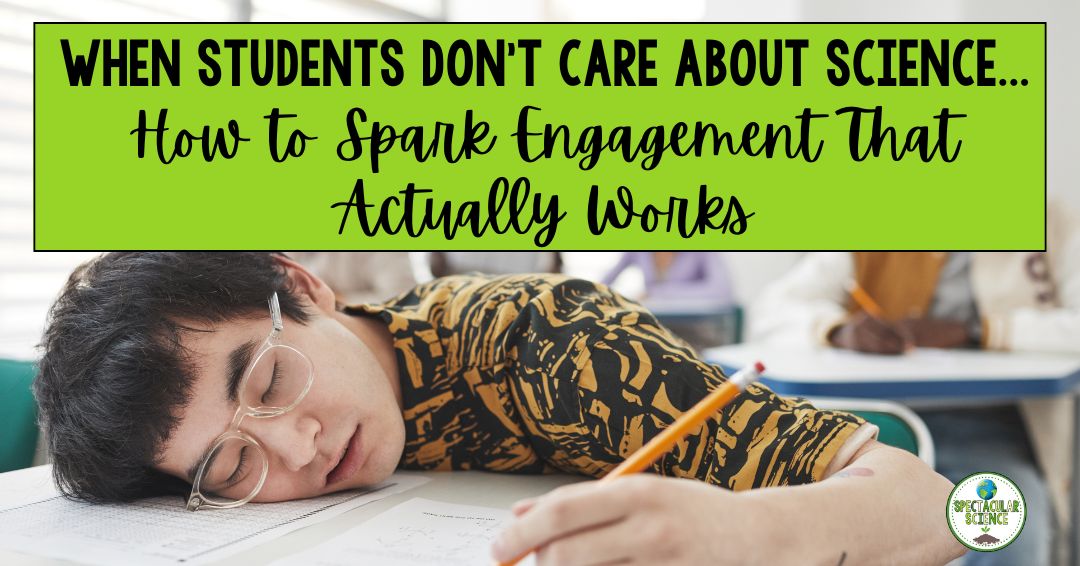
Welcome, Alyse!
I’m so excited to welcome my friend Alyse as a guest blogger! She’s an incredibly creative and passionate science educator who always has amazing ideas to make teaching more engaging and effective. I know you’re going to love the insights she’s sharing in this post. Be sure to check out more of Alyse’s fantastic resources—she has so many great tips to make science teaching easier and more fun!
Helping students explain their scientific thinking isn’t always easy, but it’s worth spending the time on it. Science classrooms are all about big questions, cool discoveries, and those amazing “aha!” moments. But let’s be real—getting students to clearly explain their ideas can sometimes feel like pulling teeth. That’s where the Claim, Evidence, Reasoning (CER) framework comes in.
CER is a super simple, structured way for students to explain scientific concepts and back up what they’re saying with facts and data. It doesn’t just help with critical thinking and scientific literacy—it also builds confidence so they can share their ideas, a skill they’ll use way beyond the classroom.
If you’ve ever struggled to break CER into easy steps or watched your students get stuck tying evidence to their claims, don’t worry—you’re not alone. In this blog post, I’ll show you how a proven CER practice product can make teaching CER a whole lot easier. Together, we’ll help your students take their scientific thinking and writing to the next level!
Why Focus on Claim, Evidence, and Reasoning?
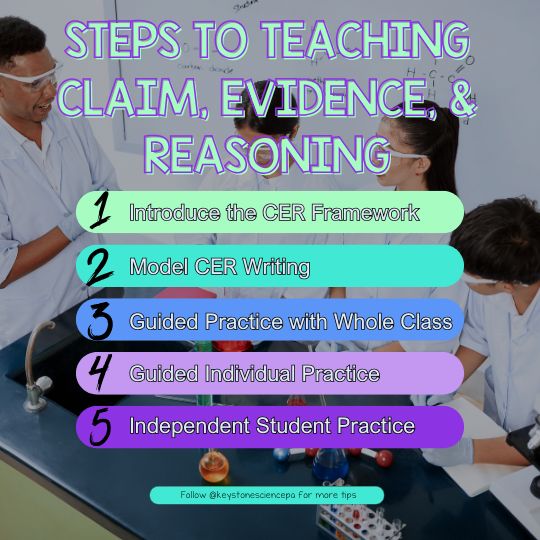
Teaching CER isn’t just about meeting standards—it’s about sparking curiosity, building logical thinking, and helping students get to the core of science. But for a lot of secondary students, writing CERs can feel pretty tricky. They often get stuck on:
- Crafting claims that are clear and to the point.
- Using evidence effectively to support their claims.
- Explaining their reasoning in a way that ties everything together.
Let me show you how I use my Practice Writing Claim, Evidence, and Reasoning activity to help students work on and understand each part of a CER. This resource includes fun, real-world scenarios to keep students engaged!
A Step-by-Step Guide to Teaching CER
Step 1: Introduce the Concept of CER
Kick things off by introducing CER to your students in a fun and relatable way. Try using a simple, everyday example like “Which sunscreen works better?” Here’s an easy way to help students break it down and build their CER:
- Claim – This is your one-sentence answer to the question, the conclusion you make give the data or information.
- Evidence – These are the observations or data that informed your conclusion (claim) from the scenario.
- Reasoning – This connects the evidence to the claim using scientific principles.
Explain why each part matters and how they work together to build a solid scientific argument. Keep it casual—invite questions and show how CER ties into everyday life.
Step 2: Model CER Writing for Students
Modeling is super important when teaching new skills. For example, grab a scenario from the product, like “Plant Growth,” and go through the CER writing process step by step. Talk it out as you:
- Look at the provided claim: “Tomato plants grow taller under natural sunlight than artificial light”.
- Pull out the evidence (data!) from the scenario that supports the claim: “After four weeks, plants in natural sunlight were on average 10 cm taller than those in artificial light”.
- Connect the claim and evidence with reasoning—like how light spectrums and photosynthesis work. The reasoning should build a bridge from the evidence to the claim and explain how they are related.
By guiding students through this process, you teach them to think like scientists—analyzing data critically and transforming it into well-supported, compelling arguments.
Step 3: Guided Practice with Students
Alright, let’s put what we’ve learned into action! Pass out the student copies of the “Recycling Habits” scenario, and then go through it as a class. Guide students step-by-step to fill out each part of the CER.
- Have students work in pairs to analyze the provided claim or just give them the prompt and challenge them to write their own.
- Lead a group discussion about what evidence from the scenario supports these claims.
- Collaboratively build reasoning to build that bridge between the evidence to explain why it supports the claim.
This guided practice lets students feel supported while they’re still learning, creating opportunities for them to ask questions and refine their thinking.
Step 4: Independent Practice
Once students get the hang of the basics, let them tackle the rest of the scenario on their own. It’s a great way to help them take charge of their learning. Encourage them to:
- Write their CERs using the provided templates.
- Reflect on the process and identify any areas they find difficult.
Use this time to circle the room, providing individual support when needed. Wrap up the activity with a class-wide review, spotlighting strong examples from your students and discussing areas for improvement.
Tips for Reinforcing CER Concepts
Helping students really get the hang of CER takes practice and a little reinforcement. Here are some easy strategies to keep the momentum going:
1. Bring in Real-Life Scenarios: Tie the CER framework to things they actually care about! (Grab my freebie with scenarios and data sets on energy drinks, plant care, and more.) When students see how CER connects to everyday stuff, they’ll be more engaged and way more likely to remember it.
2. Give Positive, Constructive Feedback: Let them know what they’re doing great, but also gently point out how they can improve. Instead of just marking mistakes, guide them toward stronger answers.
3. Try Peer Review: Pair them up and let them review each other’s CERs. It’s a great way to build collaboration and help them spot common mistakes while sharpening their own skills.
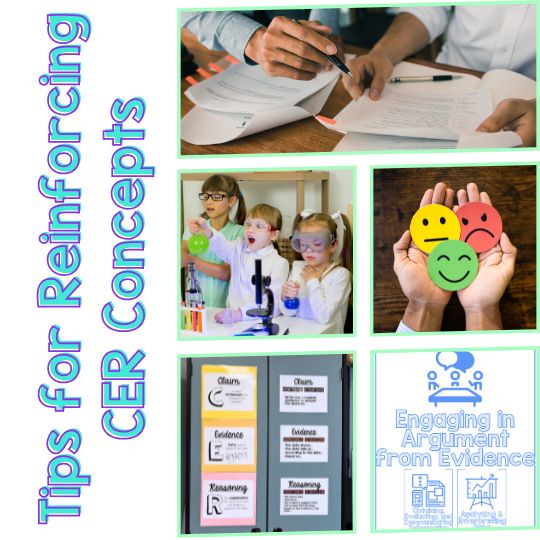
4. Use Visual Aids and Sentence Starters: Put up CER posters and sentence stems around the room. These quick reminders can give your students a big confidence boost while they work.
5. Tie It to the Standards: Show them how mastering CER connects to science standards like the NGSS Science and Engineering Practices. When they see the bigger picture, they’ll understand why it’s worth the effort.
The Benefits of Using CER Scenarios in Your Classroom
Scenario-based learning isn’t just more fun—it’s a total mindset shift for building critical thinking skills. These CER scenarios:
- Show how abstract concepts connect to the real world.
- Grab students’ attention with relatable, interesting topics.
- Help develop key skills in scientific thinking and argumentation.
Teachers who use scenario-based CER often see their students grow in confidence, boost their scientific literacy, and get better at analyzing data.
That’s why it’s so important to break CER into simple, manageable steps. Teaching each part of the framework separately gives students the chance to build their confidence and skills before putting it all together!
Closing Thoughts
The Claim, Evidence, and Reasoning (CER) framework isn’t just another teaching tool—it’s a gateway for helping students understand and communicate better. With this CER practice product, your students will start thinking like real scientists, explaining their ideas clearly, and diving deeper into scientific content.
Want to take your students’ writing up a notch? Check out my CER scenarios freebie where students will read a scenario and analyze provided data to write a CER that addresses the scenarios question or investigation. This freebie is filled with fun scenarios, easy-to-follow support, and all the tools you need to help your students become confident scientific thinkers. Plus, every little step they take with CER brings them closer to becoming curious, critical thinkers.
What scenario do you think your students will enjoy the most? Let us know in the comments—we’d love to hear about your experiences with CER and inspire other educators to give it a go!
Thank You, Alyse!
A huge shoutout to my friend Alyse for partnering with me in this blog swap! I love getting to share ideas with such a creative and passionate educator. If you found this post helpful, definitely check out more of Alyse’s awesome resources—she’s got so many great tips to make science teaching easier and more engaging!
Enter to win!
a Rafflecopter giveawayRELATED POSTS:
- 10 Quick and Simple Tips For Writing An Effective Lesson Plan
- Tips To Know When and How to Re-teach Science Lessons







